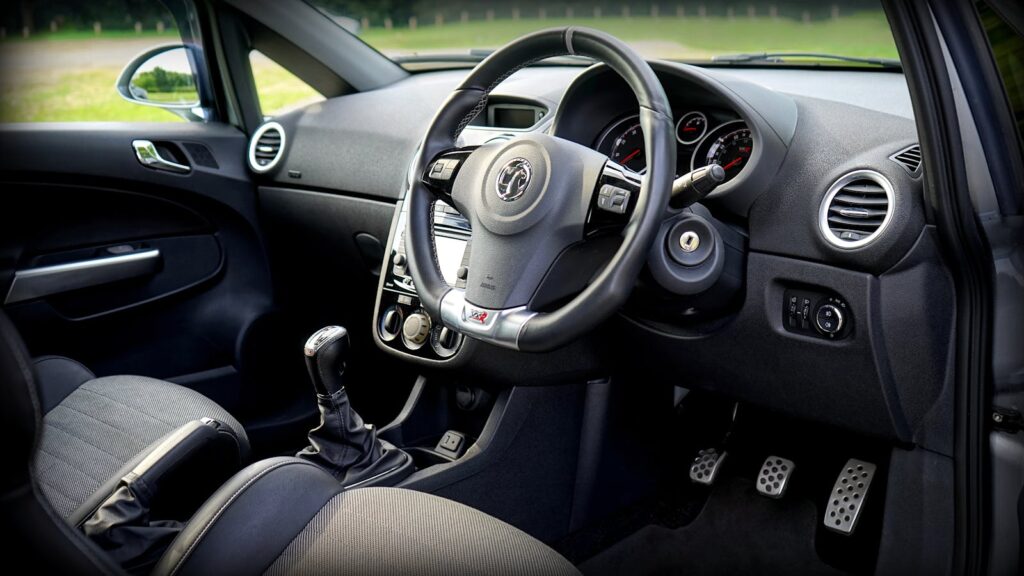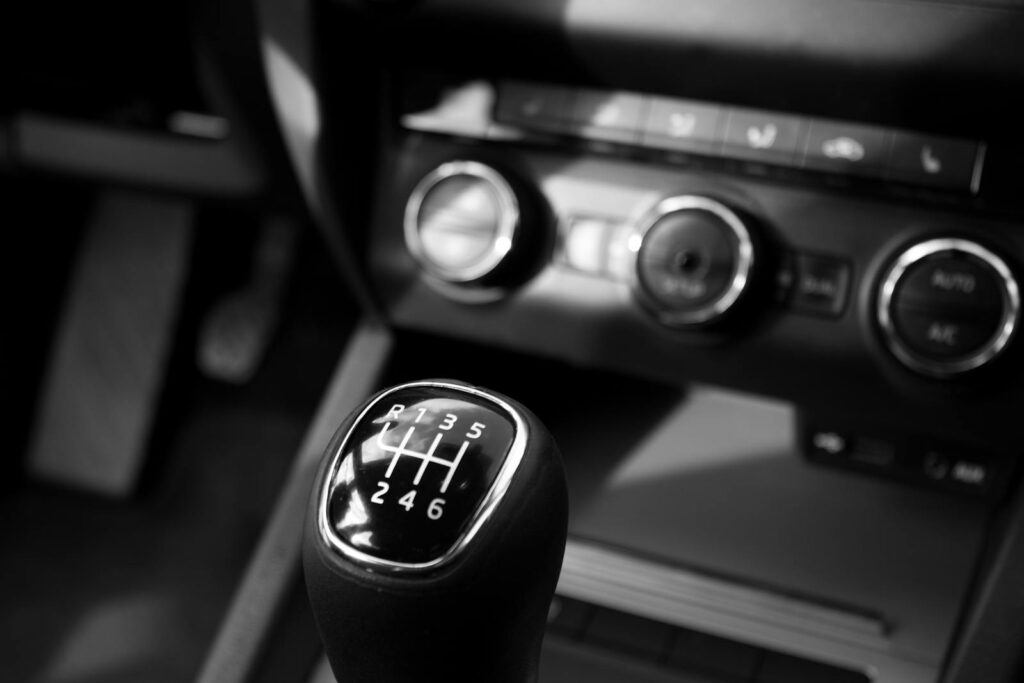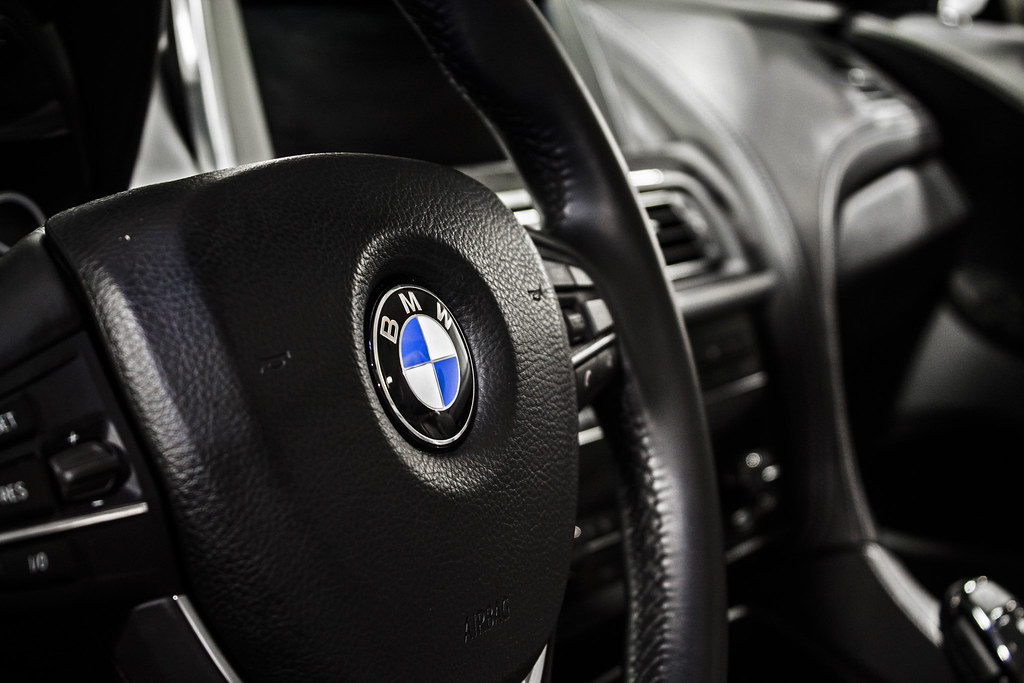
The automotive landscape has undergone a seismic shift over the decades, seeing the once-ubiquitous manual transmission nearly vanish from new vehicle offerings. By 2024, an astonishingly low 0.8% of the market was represented by stick shift cars, a stark contrast to the 35% seen in 1980. This precipitous decline, fueled by the relentless march of technological progress and the overwhelming convenience of ever-improving automatic transmissions, led many to believe the three-pedal setup was destined for the history books, relegated to the realm of nostalgic anecdotes and vintage car shows.
Yet, in a remarkable twist of fate, the manual transmission is not only refusing to fade away but is actively staging a compelling comeback in 2025. This resurgence is far more than a fleeting trend; it’s a powerful statement from a growing segment of car enthusiasts, driving purists, and even younger generations seeking an authentic connection in an increasingly automated world. What was once seen as an inconvenience is now celebrated as a badge of honor, a symbol of engagement, and a deliberate choice against the backdrop of an automotive future dominated by electric and autonomous vehicles.
This article will explore the multifaceted reasons behind this fascinating revival, dissecting the forces that are propelling the stick shift back into the spotlight. From the undeniable allure of rarity and the unexpected boost in resale values to the profound desire for a more connected driving experience and the surprising embrace by Gen Z, we’ll delve into why the manual gearbox is proving to be more resilient and relevant than ever before. Prepare to rediscover the mechanical artistry and pure driving joy that only a stick shift can offer, as we examine the first six pivotal factors fueling its resurgence.
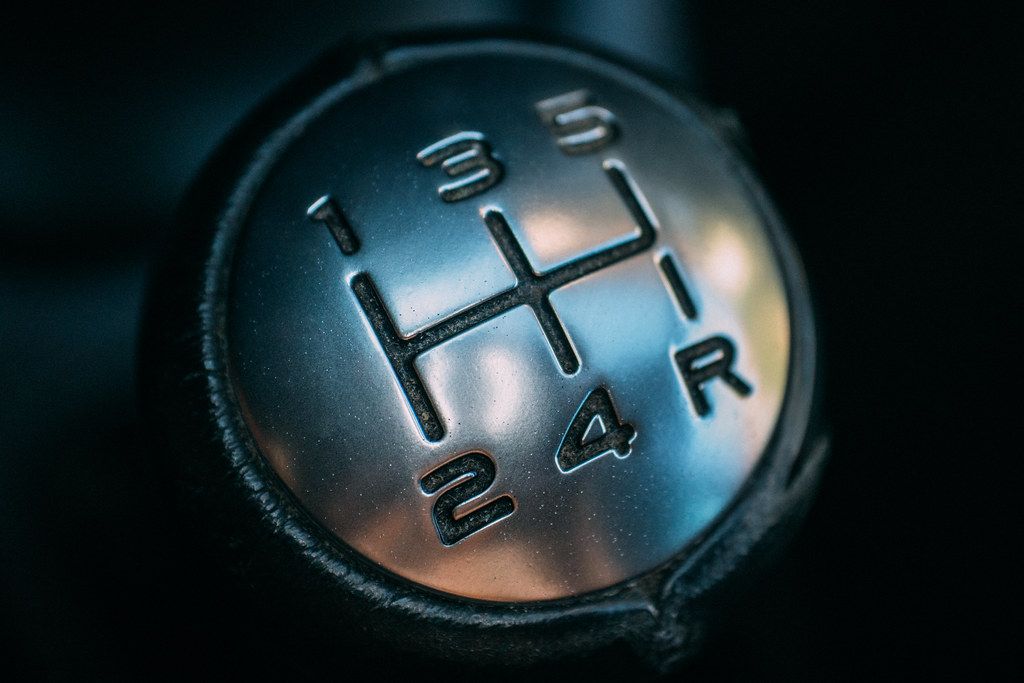
1. **The Allure of Rarity: Manuals as an Exclusive Statement**In an era where customization and individuality reign supreme, the sheer scarcity of manual transmissions has become one of its most potent selling points. With fewer than 1% of new vehicles sold in the U.S. in 2025 equipped with manual transmissions, owning a stick shift is no longer just a preference; it’s a deliberate, almost rebellious act. This rarity transforms a functional component into a status symbol, differentiating drivers who seek a more profound connection with their machinery from the vast majority who opt for automated convenience.
This exclusivity fosters a sense of pride and belonging among manual drivers. It signals a connection to the fundamental roots of driving, a conscious decision to engage with the vehicle on a mechanical level that most modern cars no longer demand. The simplicity and purity of a stick shift stand in stark contrast to the ever-increasing automation and digital controls that define contemporary automotive design, offering a refreshing analog experience in a predominantly digital world.
For many, the choice of a manual transmission is a statement: a nod to tradition, a commitment to driving skill, and a desire to be more present behind the wheel. It’s an embrace of a unique driving narrative, setting them apart in a marketplace saturated with largely indistinguishable driving experiences.
Read more about: Unlock the Dream: Nine Classic Muscle Cars Middle-Class Enthusiasts Can Afford for Thrills and Smart Investment
2. **Automakers Responding: Big Brands Double Down on Manual Options**What began as a quiet murmur among purists has evolved into a clear signal that automakers, renowned for their data-driven decisions, can no longer ignore. Major players like Toyota, Porsche, and BMW are actively listening to this growing demand, demonstrating a tangible commitment to preserving the manual gearbox in their lineups. This isn’t just about legacy; it’s about acknowledging a vocal and passionate segment of the market that values engagement over ultimate convenience.
Toyota, for example, has continued to offer stick shift options in enthusiast-focused models such as the GR86 and even the celebrated Supra, proving that performance and driver involvement remain key pillars for their brand. Porsche, a beacon of driving purity, steadfastly provides manual gearboxes in its iconic 911 GT3 and Cayman models, reinforcing its dedication to the visceral driving experience that defines its heritage. These choices are not simply holdovers; they are intentional offerings for discerning drivers.
BMW, a brand synonymous with “the ultimate driving machine,” has gone even further, confirming that manual options will persist in its revered M2 and M4 models through the end of the decade. Even as Dodge transitions towards an electric future for its muscle cars, it pays tribute to its storied past by releasing limited-edition manual Challengers, a clear nod to the enduring appeal of the stick shift. Mazda, a champion of lightweight, engaging vehicles, consistently supports manual variants of its beloved MX-5 Miata, a testament to the core philosophy that driving should be an active, not passive, pursuit. Niche automakers like Morgan and Caterham have never wavered from their manual roots, while Aston Martin has even committed to producing a few select stick-shift models in its high-end lineup, underscoring the universal recognition of its value.

3. **Investment Potential: Climbing Resale Values in a Niche Market**Beyond the intrinsic joy of driving, the manual transmission is increasingly proving to be a savvy financial investment, a trend that is rapidly gaining traction in the collector and enthusiast markets. Unlike the general depreciation curve that affects most vehicles, manual cars are demonstrating remarkable resilience in holding their value, and in many notable instances, are even appreciating over time. This economic factor adds a pragmatic layer to the romantic appeal of the stick shift.
Consider the compelling case of a 2020 Honda Civic Type R equipped with a manual transmission; these vehicles can now command prices nearly equivalent to, or even exceeding, their original sticker price. This phenomenon extends to high-performance segments, where Porsche 911s fitted with stick shifts are frequently trading at a premium compared to their PDK-equipped automatic counterparts. The market is clearly placing a higher value on the direct involvement and analog feel that only a manual can provide.
This trend is not confined to high-end sports cars alone. Collectors are actively snapping up low-mileage examples of beloved manual models such as Miatas, Honda S2000s, and even early Subaru WRXs, viewing them as long-term investments. As the supply of new manual cars dwindles and the demand from a dedicated enthusiast base strengthens, the economic argument for owning a stick shift becomes increasingly compelling, transforming it from a mere driving preference into a tangible asset.

4. **Beyond Performance: The Unmatched Engagement of Manual Driving**While modern automatic transmissions, with their six, eight, or even ten forward speeds, can shift with unparalleled smoothness, efficiency, and often superior fuel economy, their inherent detachment from the mechanical process of driving leaves a specific craving unfulfilled for many. For a substantial segment of drivers, the allure of a manual transmission transcends mere performance metrics; it’s fundamentally about engagement. This direct, tactile connection to the vehicle is an experience automatics, however sophisticated, simply cannot replicate.
Shifting gears manually introduces an additional layer of control, requiring the driver to actively participate in the vehicle’s operation. This constant interplay of clutch, shifter, and throttle fosters a heightened sense of presence and immersion behind the wheel. Whether navigating a challenging twisty road, mastering a mountain pass, or simply enjoying a spirited drive, the ability to control engine braking, precisely select gears, and truly feel the car’s rhythm through the drivetrain delivers a profound joy that rewards skill, timing, and intuition.
This engagement transforms driving from a passive act of transportation into an active, almost meditative experience. It’s about the dance between driver and machine, the subtle nuances of feel and sound, and the satisfaction derived from mastering a mechanical skill. In a world increasingly sanitized by automation, the manual transmission offers an unfiltered, raw, and deeply rewarding driving dialogue that connects the driver to the road in an intimate and unforgettable way.
Read more about: Your Definitive Guide to the 7 Best Sports Cars to Buy in 2025: CNET’s Top Picks for Performance and Value
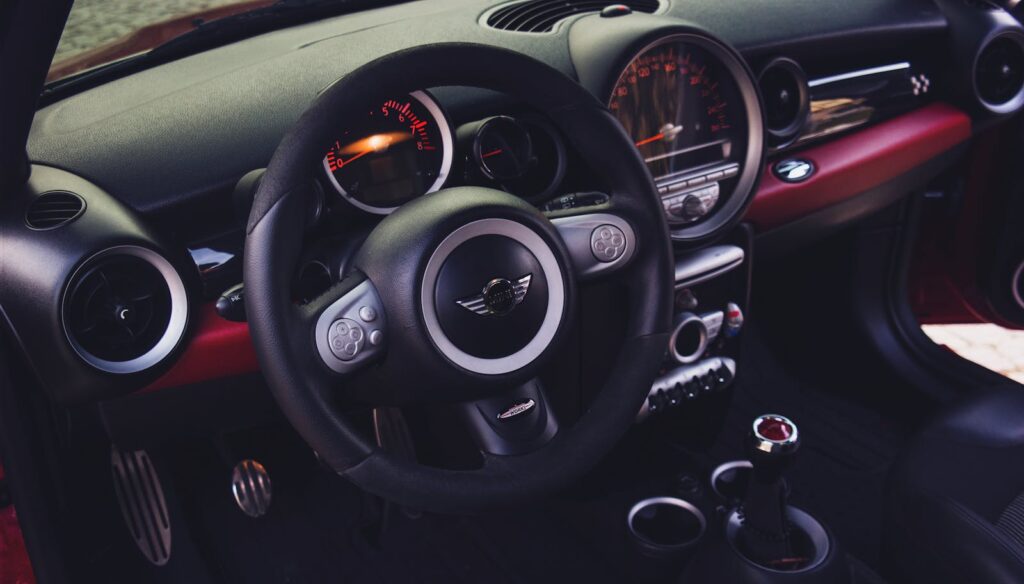
5. **A New Generation’s Appeal: Gen Z Embracing the Stick Shift**Perhaps one of the most unexpected and exciting aspects of the manual transmission’s comeback is its burgeoning appeal among Generation Z. Despite growing up in a world dominated by automation and digital interfaces, young drivers are actively seeking out and embracing the stick shift, turning it into a cultural statement. This is not about necessity; it’s a conscious choice, a form of “analog rebellion” in an increasingly passive, screen-driven existence.
Reports from automakers and dealers, including CarMax, indicate a measurable uptick in manual sales among younger buyers. Manual sales at CarMax rose from 2.4% in 2020 to 2.9% in 2022, with national new-vehicle manual take rates jumping from 0.9% to 1.7% in just one year, a growth that has held steady through 2024. This modest but significant increase among Gen Z highlights a desire for authenticity and a hands-on experience, distinguishing them from the previous generations who largely abandoned manuals.
For many young drivers, mastering a stick shift is a badge of honor, proof of being a “real driver.” Online forums echo sentiments like, “I want to feel the road. Hear the engine. Shift for myself. … It is a key element in relating to your car.” This generation, often described as digitally native, finds immense satisfaction in the tangible, mechanical skill required to operate a manual. It’s a connection to the road, the car, and the very act of driving itself, offering a unique identity in a homogenizing automotive landscape.
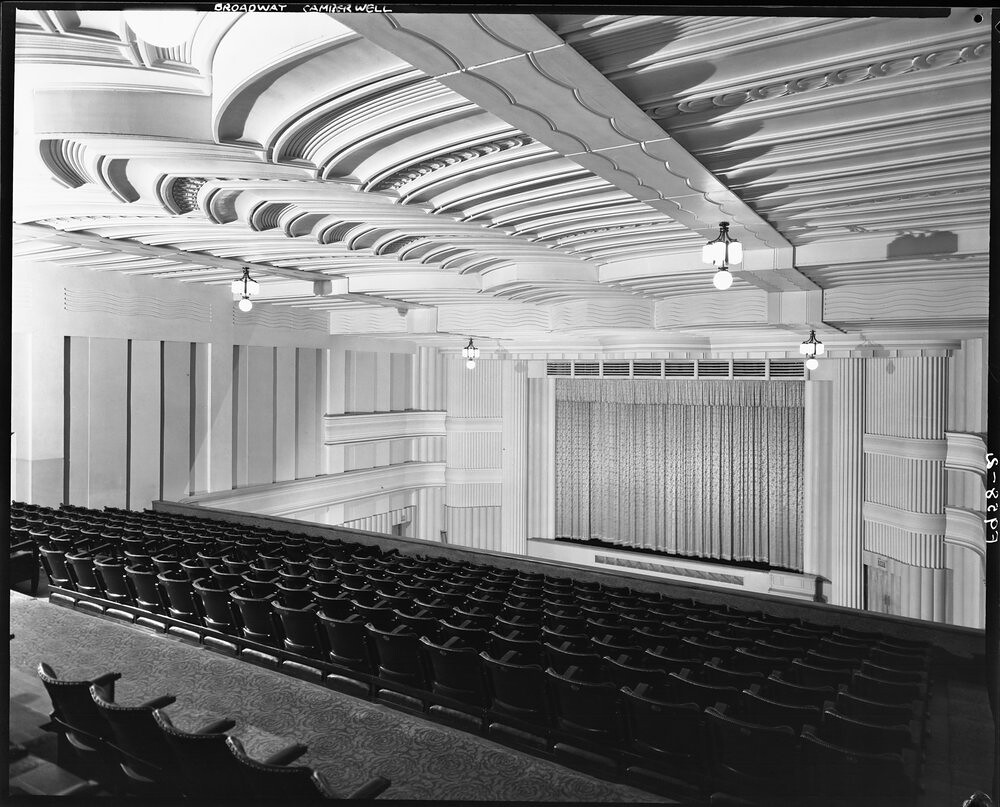
6. **The Collector’s Dream: Manuals as Future Automotive Artifacts**As the automotive industry relentlessly pushes towards an electric and increasingly autonomous future, the manual transmission is rapidly solidifying its status as a highly coveted collector’s item and a future automotive artifact. In a world where single-speed electric drivetrains are becoming the norm and driverless cars loom on the horizon, the stick shift represents a tangible link to a bygone era of mechanical driving, making it exceptionally valuable to enthusiasts and investors alike.
Specific manual models are already emerging as prime targets for collectors. The Porsche 911 Carrera T, Acura Integra Type S, and the last-generation Chevrolet Camaro SS are quickly becoming sought-after vehicles, their manual gearboxes elevating their desirability and potential for appreciation. Like vinyl records or film cameras in other domains, the manual transmission offers a tactile, analog experience that actively resists the pervasive trend towards digital sameness and passive consumption.
The future outlook for manual transmissions in the collector market is exceedingly positive. As EVs increasingly dominate the roads, stick shifts will only grow rarer and, consequently, more revered. They serve as a powerful reminder of what driving used to feel like—mechanical, personal, and skillful. This nostalgic appeal, combined with their increasing scarcity, suggests a continued rise in appreciation for classic, analog cars, especially among younger generations who seek authenticity. Auction prices are already reflecting this trend, with some rare manual sports cars fetching premiums never seen before, solidifying their place as timeless, emotionally resonant automotive treasures.
7. **The Enduring Legacy: A Brief History of the Stick Shift**To truly appreciate the manual transmission’s current revival, one must understand its foundational role in automotive history. For the better part of the 20th century, the stick shift wasn’t an option; it was simply how cars operated. Every driver was required to engage with the mechanics of movement, meticulously operating a clutch pedal and navigating the iconic H-pattern shifter. This intimate mechanical dialogue wasn’t just a functional necessity; it was an inherent part of the driving experience, linking driver and machine in a way that modern vehicles often abstract.
The landscape began to shift, quite literally, with the advent of the automatic transmission. While Alfred Horner Munro patented an early concept in 1921, it was General Motors’ “Hydra-Matic” in 1940 that truly brought mass-produced automatics to the fore, first appearing in the 1948 Oldsmobile. This innovation offered unparalleled convenience, freeing drivers from the constant orchestration of gears and clutch, and setting the stage for a gradual but steady decline in manual prevalence over the subsequent decades.
Despite the growing popularity of automatics, the manual transmission fiercely held its ground through the golden age of American muscle cars and European sports cars in the 1960s and 70s. To drive a high-performance machine was almost synonymous with rowing your own gears. However, as automatics became smoother, more efficient, and increasingly ubiquitous, the stick shift gradually transitioned from a “standard” feature to a niche offering, with its market share plummeting from 35% in 1980 to a mere 0.8% by 2024. This historical journey underscores not just the mechanical evolution of cars, but the enduring human desire for control and connection that the manual so perfectly embodies.
Read more about: King of Cool: A Comprehensive Look at Dean Martin’s Enduring Legacy, Iconic Career, and Final Years

8. **Motorsport DNA: The Stick Shift’s Racing Heritage**The enduring appeal of the manual transmission is intrinsically linked to its deep roots in motorsport. For decades, the manual gearbox was the undisputed champion on racing circuits around the world, revered for its simplicity, robust reliability, and the precise control it afforded drivers. Even in today’s era of sophisticated paddle-shift and dual-clutch systems that dominate top-tier racing, the visceral experience of a manual continues to be celebrated in many amateur, club, and vintage racing categories.
On the track, the manual transmission transforms driving into an art form, demanding a profound level of skill and intuition. Mastering techniques like heel-toe downshifting – where the driver simultaneously brakes, downshifts, and blips the throttle to match engine revs – is not merely a technicality; it’s a thrilling dance between man and machine that pushes both to their limits. This direct engagement allows racers to feel the car’s rhythm, anticipate its behavior, and precisely control power delivery, creating an unparalleled connection to the vehicle’s dynamic capabilities.
Racing schools worldwide, recognizing the fundamental value of these skills, continue to integrate manual transmissions into their training fleets. They teach aspiring drivers the nuances of weight transfer, throttle modulation, and perfect gear selection, emphasizing that true car control often begins with the three-pedal setup. This rich motorsport heritage keeps the stick shift alive not just as a piece of automotive history, but as an active, revered component in the pursuit of driving excellence, continuing to inspire enthusiasts and shape the definition of what it means to be a truly skilled driver.

9. **A Community of Enthusiasts: Fostering Connection**Beyond the individual thrill of driving, the manual transmission has cultivated a vibrant, passionate community that spans continents and generations. This shared appreciation for the mechanical and tactile aspects of driving forms a unique bond among enthusiasts, transforming a mere preference into a cultural phenomenon. It’s a collective celebration of skill, tradition, and the pure joy that comes from being intimately involved in the act of propulsion.
Across the United States, Europe, and Asia, car meets dedicated to manual vehicles draw crowds, while online forums buzz with discussions on everything from clutch feel to perfect shift points. Organizations like “Save the Manuals” actively campaign to preserve the option for future generations, organizing educational drives and social events that reinforce the camaraderie among stick-shift loyalists. These gatherings aren’t just about showing off cars; they’re about sharing experiences, exchanging knowledge, and fostering a sense of belonging within an exclusive, yet welcoming, club.
Manual owners often describe feeling part of something special, a group united by a common passion for a more engaged, less automated driving experience. This culture of mutual respect and shared expertise strengthens the appeal of the stick shift, providing a supportive network for those who choose to defy the tide of automation. It’s a powerful testament to the idea that some things are simply better when you have a hand in them, reinforcing the manual transmission’s role as a touchstone for authentic connection in a progressively hands-off world.
Read more about: 11 Compelling Reasons Why Classic Cars Unquestionably Outperform Modern Vehicles: An Expert’s Deep Dive into Timeless Automotive Superiority
10. **Analog vs. Digital: The Unrivaled Charm of the Manual**In an automotive era increasingly defined by digital interfaces, advanced driver-assistance systems, and seamless automation, the manual transmission stands as a proud bastion of analog charm. While modern automatics offer astonishing efficiency, lightning-fast shifts, and often superior fuel economy across six, eight, or even ten forward speeds, they fundamentally distill the driving experience into a more passive act. Drivers of these sophisticated systems may utilize paddle shifters or console-mounted selectors for manual-like control, but the true mechanical connection of a clutch pedal remains absent.
Furthermore, the rise of continuously variable transmissions (CVTs), which eschew traditional gears for variable pulleys, and the single-speed drivetrains of electric vehicles, further emphasize the shift towards a less tactile and more abstract relationship between driver and propulsion. These systems, while technologically brilliant, often remove the driver from the intricate dance of engine revs and gear ratios that defines the manual experience, leading to a sense of detachment for purists.
The manual, by contrast, offers an unfiltered, direct line to the heart of the machine. It demands presence, skill, and an intuitive understanding of the vehicle’s dynamics. The distinct thunk of a gear engaging, the precise feel of the clutch biting point, and the symphony of engine notes rising and falling with each shift create a multisensory experience that digital approximations cannot replicate. It is this raw, unmediated feedback, this tangible engagement with the mechanical workings of the car, that constitutes the manual’s unrivaled charm and solidifies its place as an authentic, profoundly rewarding choice in a world increasingly moving towards sanitized, digital convenience.

11. **2025’s Last Stalwarts: Iconic Manual Models Still on Offer**Despite the dramatic decline in overall market share, a select group of dedicated automakers continues to champion the manual transmission, offering a beacon of hope for enthusiasts in 2025. These models, often performance-oriented or rooted in a philosophy of driver involvement, represent the last bastions of the stick shift, providing discerning buyers with the opportunity to embrace the three-pedal experience directly from the factory floor. Finding one might require a dedicated search, as dealers rarely stock them in abundance, but the rewards are immeasurable.
Among the most celebrated stalwarts are the lightweight, agile sports cars designed for pure driving pleasure. Mazda’s MX-5 Miata, a perennial favorite, remains a testament to the joy of a perfectly balanced manual. Toyota offers the engaging GR86, and for those seeking more aggressive performance, the Honda Civic Type R delivers a formidable manual gearbox paired with serious horsepower. Porsche, a brand synonymous with driving purity, steadfastly includes manual options in its iconic 911 GT3 and Cayman models, reinforcing its heritage. Similarly, BMW confirms that manual options will persist in its revered M2 and M4 models through the end of the decade, cementing its commitment to driver engagement.
Beyond the sports car realm, the manual transmission bravely endures in more utilitarian and adventurous segments. Enthusiasts seeking off-road prowess can find stick shifts in the Ford Bronco and Jeep Wrangler, providing enhanced control over challenging terrain. The Toyota Tacoma stands out as the sole midsize pickup truck offering a manual in 2025, catering to those who prefer hands-on command of their truck. Even an affordable economy car like the Nissan Versa comes standard with a manual gearbox, a strategic move to maintain its low price point and maximize its modest 122-horsepower engine. These diverse offerings demonstrate that while rare, the opportunity to purchase a new stick shift in 2025 is still very much alive for those who truly seek it.
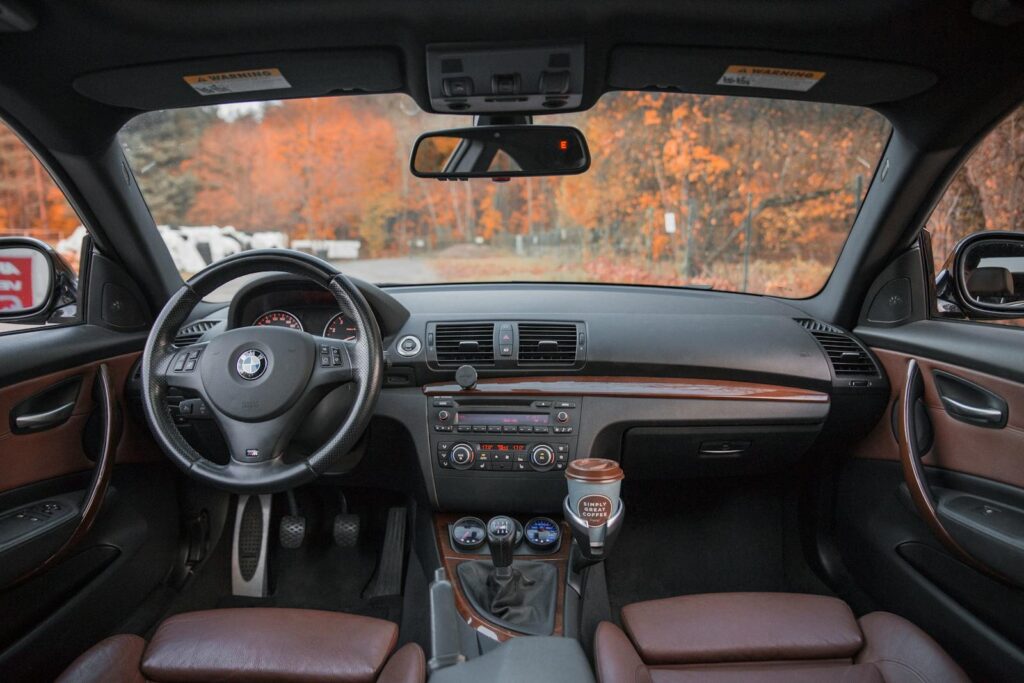
12. **Unexpected Benefits: Manuals and Enhanced Driving Safety**While the manual transmission is often celebrated for its performance and engagement, it harbors an often-overlooked advantage: an unexpected contribution to driving safety. In an age where distracted driving is a pervasive and dangerous issue, the inherent demands of operating a stick shift naturally foster a heightened state of awareness and focus behind the wheel, making it a surprising ally for cautious drivers and concerned parents alike.
The physical act of driving a manual car requires constant, active participation from the driver. Both hands are frequently engaged with the steering wheel and shifter, and both feet are busy orchestrating the clutch and throttle. This continuous interplay leaves significantly less bandwidth, and fewer free limbs, for common distractions such as phones, food, or other in-car activities. The necessity of maintaining focus on the road and the vehicle’s mechanics creates an organic deterrent to multitasking, compelling the driver to be more present in the moment.
Indeed, anecdotal evidence and direct observations confirm this safety benefit. As one young driver shared, their mother appreciated that “having to maneuver the gear shift… doesn’t leave D.J. a free hand with which to text while driving.” This sentiment resonates deeply: when the car demands your full attention, there’s simply less room for the mind to wander or for hands to pick up a smartphone. The manual transmission, therefore, isn’t just about driving skill or enjoyment; it’s about fostering a more attentive, less distracted approach to being on the road, inherently promoting safer driving habits by design.
As we’ve explored the multifaceted resurgence of the manual transmission, it becomes abundantly clear that the stick shift is far more than a relic of the past; it is a vibrant, evolving symbol of authentic driving. From its deep historical roots and revered motorsport heritage to the passionate communities it fosters, and even its unexpected safety benefits, the manual gearbox offers an experience that modern automatics, however sophisticated, simply cannot replicate. In an increasingly automated and digital world, the decision to choose a manual car is a deliberate act of engagement, a commitment to skill, and a joyous embrace of the analog. It’s about feeling every mile, connecting with the road, and savoring the mechanical symphony that unfolds with each shift. So, whether you’re a seasoned purist or a curious newcomer, the call of the stick shift beckons – an invitation to rediscover the profound and personal pleasure of truly driving.

